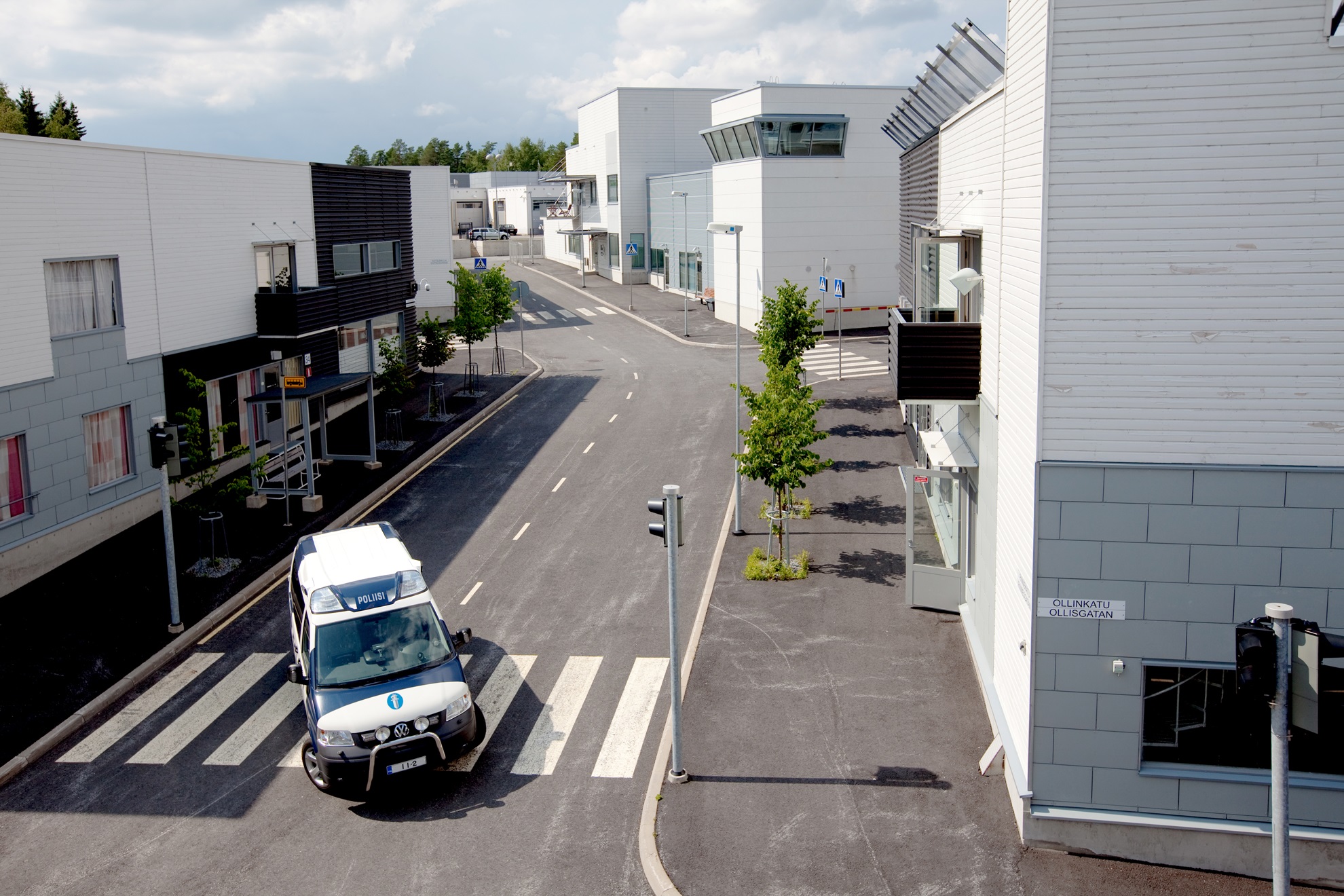The case study comprises of three sequential stages that are based on a same fictional crisis scenario. First stage is a series of several preparedness drills, where the fire and rescue services assess their official crisis communication capacities and test a simulation training technology: Insta Digital’s TraSim platform. Second, we will make videos of face-to-face interactions with persons, who have special needs in terms of communication. Final stage is a workshop on theme: positive and negative social capital; this event will engage first responders, NGOs and non-profit organizations and discuss, what is the impact of social relations and trust on crisis awareness and perception?
Type of disaster addressed:
Explosion of highly flammable chemicals (Acetone and Liquefied Petroleum Gas). A human-induced disaster: storage of chemicals is related to clandestine chemistry, a drug laboratory of amphetamine.
Type of danger addressed:
Exposure of residents in apartment buildings, businesses and other service providers and passers-byes to fire and collapsing infrastructures.
Special vulnerable groups:
People with
- (early stage) memory disorders
- cognitive disabilities but living/moving independently
- varying degrees of neuropsychiatric disorders (such as ADHD and Asperger syndrome)
- mental health problems and the resulting delusions, fears and mistrust of regular means of communication and/or channels
Other groups / communities:
First-responders (police patrols, firefighters) who are exposed to dangerous fumes and explosive chemicals, families and care-givers to persons with special needs, residents in neighbouring dwellings.
Tools or technologies used:
Insta Digital’s TraSim -simulation training tool, which simulates crisis communication via social media applications and official websites.
Materials and method of analysis:
The BuildERS project team will make notes and document the “debriefing sessions” of preparedness drills. Drill participants will also make a self-assessment: they will share their observations and assess what works well and what areas need improvement. Finally, participants are invited to take part in a survey, which collects their opinions on the potential of TraSim simulation tool for crisis communication training.
Scripted plays are cocreated together with the intermediaries of vulnerable groups. Video scripts are based on the interviews of practitioners working with the persons, who have memory disorders, mental health issues, neuropsychiatric disorders and/or cognitive disabilities. Scripted and recorded role plays illustrate both the positive and negative aspects of social relations and trust networks. The focus is especially on the significance of dependencies in terms of everyday care and support.
Real life condition:
Although this field experiment is a simulation, it is inspired by real incidents. Together with the real-life practitioners we will assess their performance and develop a concept and contents for training to make it stronger.
Innovation outcomes:
Case study will draft a concept for training, which enhances the capacity of first responders to communicate and interact with different kinds of citizens. Many groups have special needs in terms of crisis communication and difficulties in understanding of instructions issued by first responders.
Concept will include a trainer’s manual and multimedia material. Training material is produced in four languages: Finnish, Swedish, English and French. The Finnish and Swedish training will be available on the Moodle - learning platform of the Police University College of Finland. The English and French language training is delivered via EU Agency for Law Enforcement Training, CEPOL, its online platform (LEEd).
